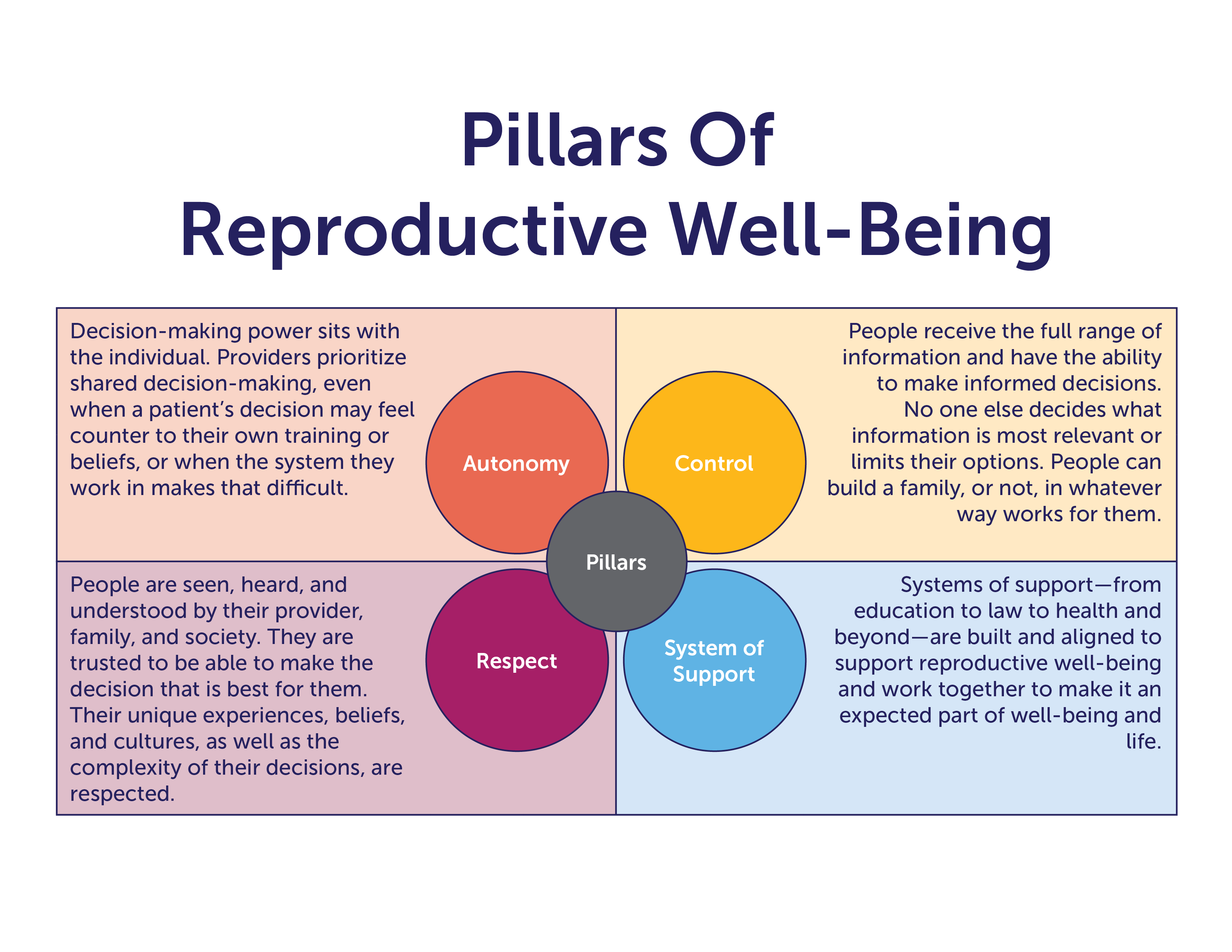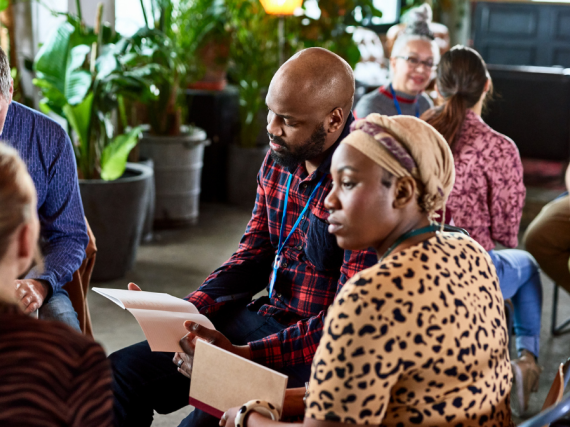In 2017, Power to Decide convened leaders and practitioners from more than 50 national, state, and local organizations including March of Dimes, American College of Obstetricians and Gynecologists (ACOG), Association of Maternal and Child Health Programs (AMCHP), National Birth Equity Collaborative (NBEC), Nurse Family Partnership, and UCSF, among others. The purpose of this collective was to address the gap between people’s stated intentions to prevent pregnancy and their actions to do so otherwise known as “intentionality.”
In addition to convening these stakeholders, focus groups were conducted across a range of sectors, geographies, and backgrounds including in-depth interviews with experts in reproductive justice, reproductive health, and men’s health; a tribal community leader; a faith leader; and an advocate for LGBTQI+ issues. We also engaged an online focus group with 115 people representing those with lived experience. In addition, we held three online focus groups with doulas, health care providers, nurses, and nurse practitioners as well as four in-person focus groups with parenting and expecting teens, social service and health care providers, and the general public. In total, more than 300 people were a part of supplemental research to frame the reproductive well-being work. With this full body of data, it became clear that “intentionality” was not the right focus or framing for what we were trying to accomplish. Our focus group and in-depth interview work highlighted the fact that intentionality did not resonate with our target audience. In fact, these young people often reported feeling like they did not have the power, agency, or self-efficacy to set their intentions related to pregnancy and reproduction. The stakeholder group took this feedback back to the drawing board and created the reproductive well-being framework, which shifts the focus from personal intentions and responsibility to the systems of support around that individual, which should be designed to help them align their desires with their actions.
The reproductive well-being collective divided the work into groups. At the national level, the work focused primarily on establishing the values, narrative, policies, and practices necessary to enculturate reproductive well-being as the new norm. This work resulted in a Reproductive Well-Being National Blueprint for Action. This document was seen by the group as an agenda for change, outlining macro level actions that could result in establishing reproductive well-being as a national priority. In addition to the National Blueprint for Action, the collaborative has also developed a shared narrative and message framework. The hope is that, once fully disseminated, there will be measurable change in sectoral policies, positions, and practice, as well as public attitudes, beliefs, and sentiment about sexual and reproductive health.






